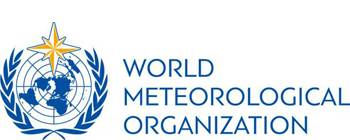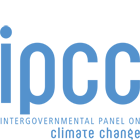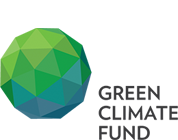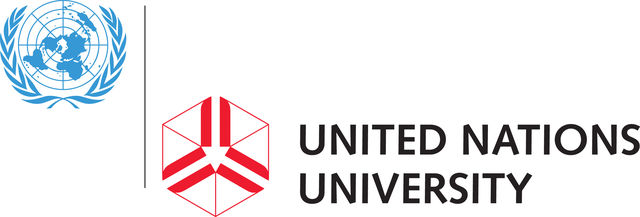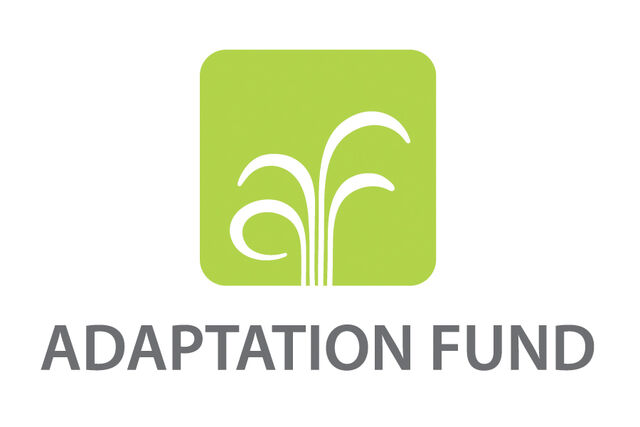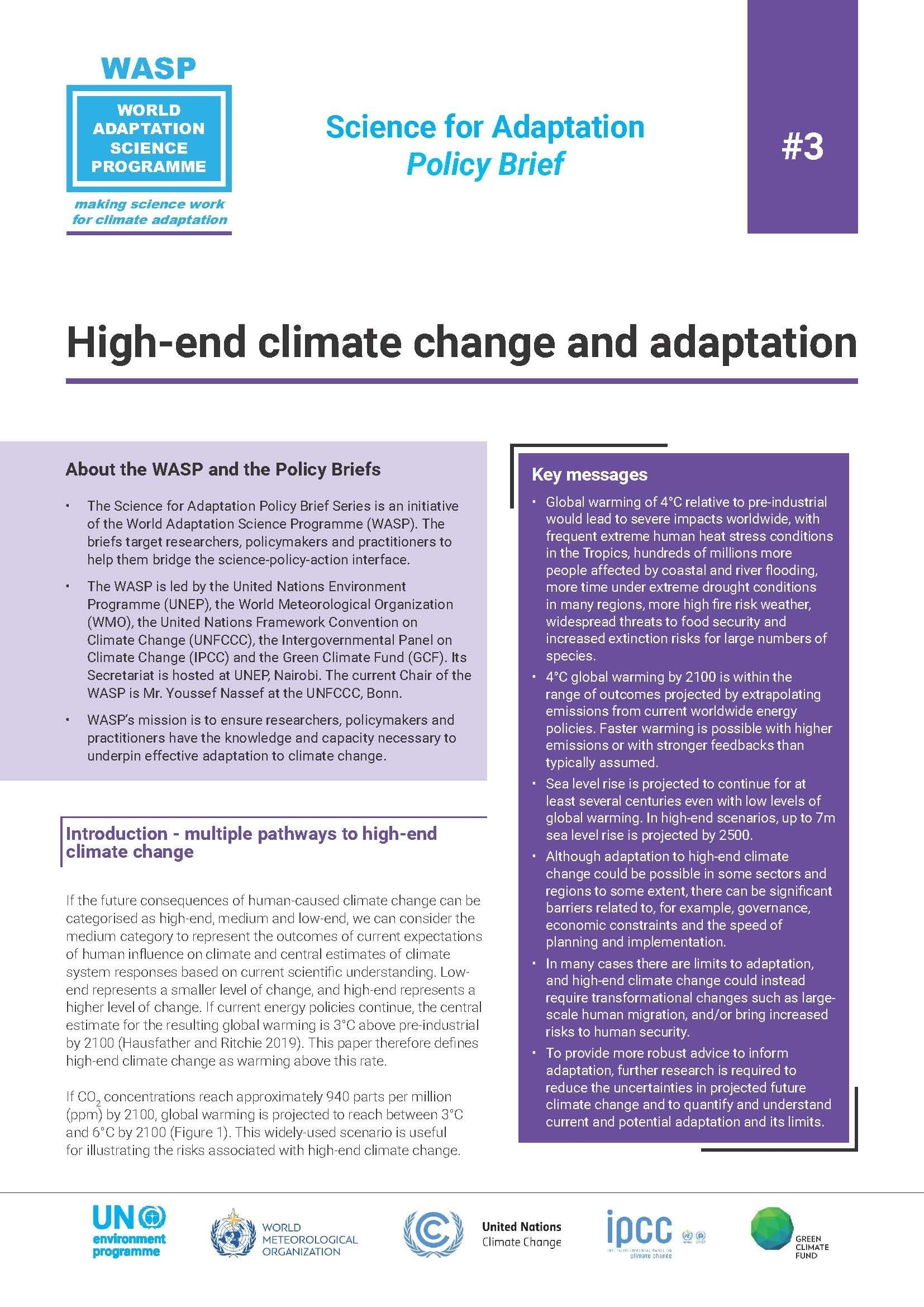This WASP brief looks at high-end climate change and adaptation. The Science for Adaptation Policy Brief Series targets researchers, policymakers, and practitioners to help them bridge the science-policy-action interface.
Key messages
• Global warming of 4°C relative to pre-industrial would lead to severe impacts worldwide, with frequent extreme human heat stress conditions in the Tropics, hundreds of millions more people affected by coastal and river flooding, more time under extreme drought conditions in many regions, more high fire risk weather, widespread threats to food security and increased extinction risks for large numbers of species.
• 4°C global warming by 2100 is within the range of outcomes projected by extrapolating emissions from current worldwide energy policies. Faster warming is possible with higher emissions or with stronger feedbacks than typically assumed.
• Sea level rise is projected to continue for at least several centuries even with low levels of global warming. In high-end scenarios, up to 7m sea-level rise is projected by 2500.
• Although adaptation to high-end climate change could be possible in some sectors and regions to some extent, there can be significant barriers related to, for example, governance, economic constraints, and the speed of planning and implementation.
• In many cases there are limits to adaptation, and high-end climate change could instead require transformational changes such as large-scale human migration, and/or bring increased risks to human security.
• To provide more robust advice to inform adaptation, further research is required to reduce the uncertainties in projected future climate change and to quantify and understand current and potential adaptation and its limits.


